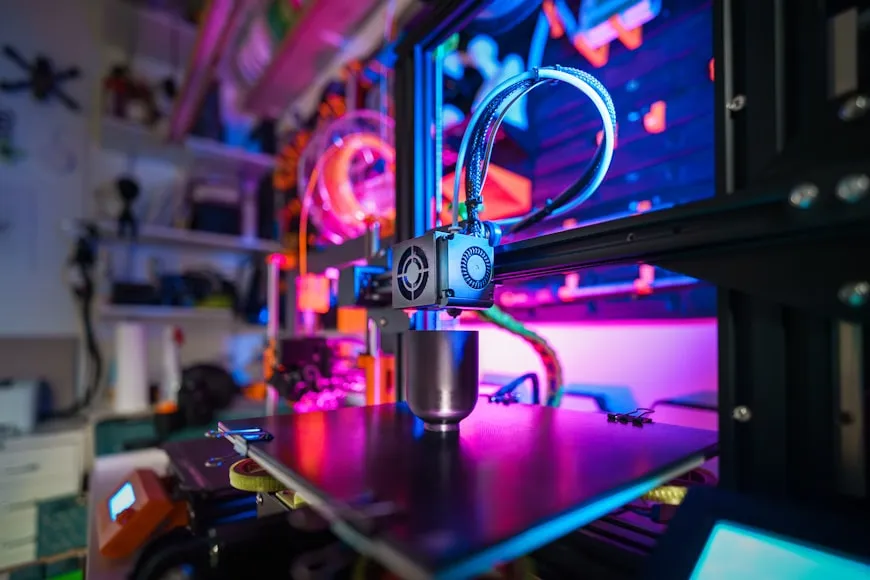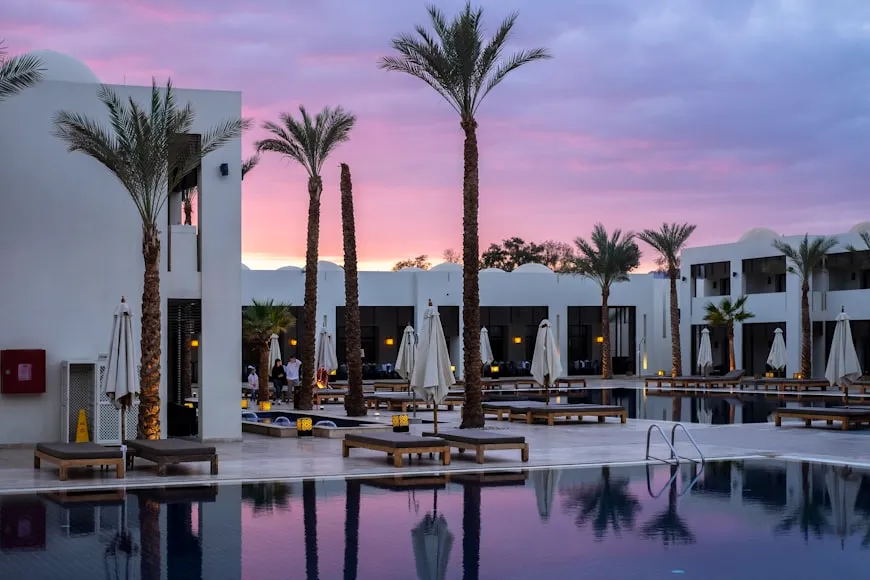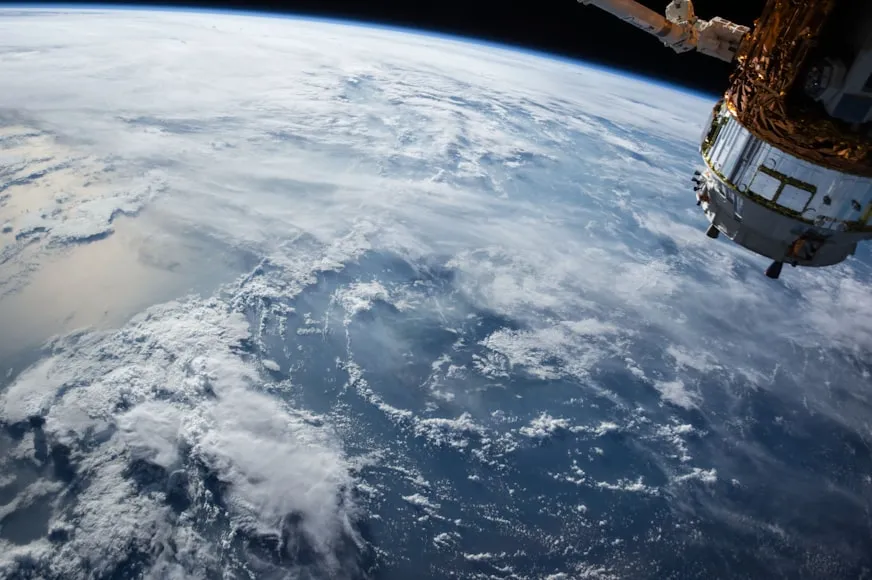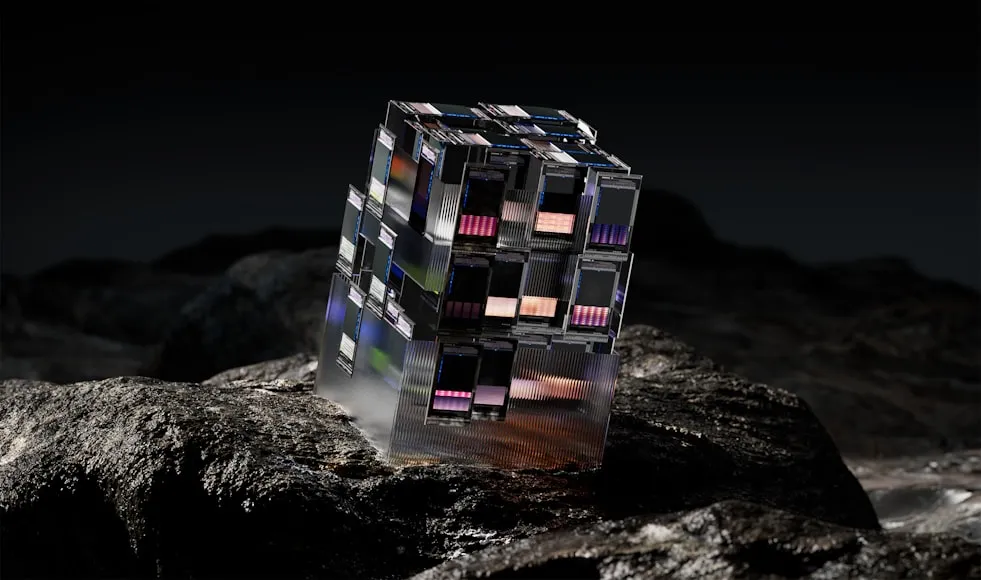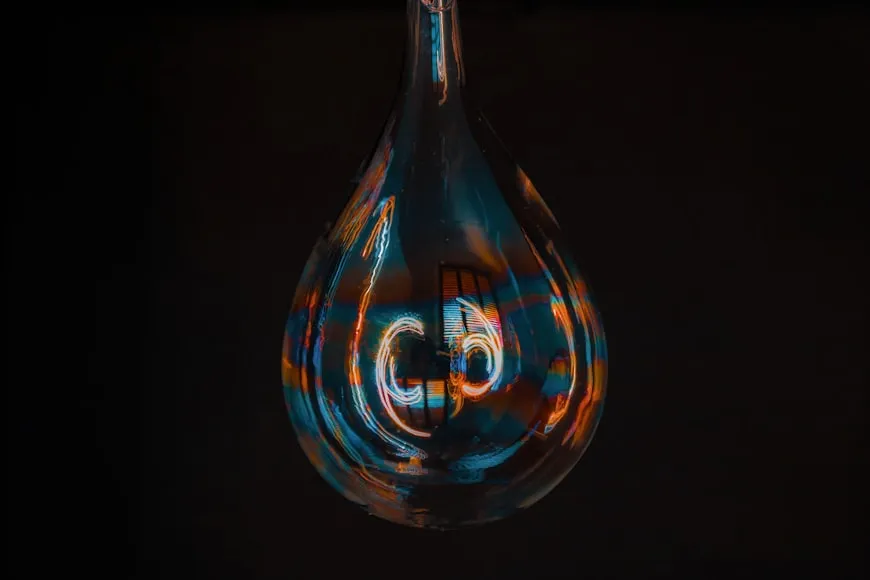
Every January, the world greets a flood of “next big things” — gadgets, apps, trends, diets, and buzzwords. But in 2025, the real measure of innovation isn’t the initial hype; it’s whether something moves from curiosity to daily life. This is the deeper side of newness: the quiet moment when disruption becomes infrastructure.
The life cycle of newness
Think of smartphones. Two decades ago, they were cutting-edge status symbols. Today, they’re so integral to life that going without one for a day can feel impossible. In the same way, we’re seeing technologies like AI-powered translation, renewable microgrids, and telepresence robotics shift from the fringe to the fabric of everyday life.
Cultural normalization
Social habits are changing just as rapidly. Remote work — once an emergency measure during the pandemic — has evolved into a permanent fixture for millions. Digital-first education is no longer a backup option but a preferred path for students in rural or underserved regions. These changes weren’t just about tech; they were about shifting expectations and rethinking what’s “normal.”
The danger of permanent beta
However, when “new” becomes the default, there’s a risk of living in a state of permanent beta — always updating, never settling. This can lead to decision fatigue and a sense of instability. People crave progress, but they also crave moments of consistency. Successful innovations strike a balance, offering improvement without constant disruption.
Globalization of ideas
The internet’s role in accelerating newness is undeniable, but what’s interesting in 2025 is the growing reciprocity. Instead of innovations flowing from the so-called “Global North” outward, ideas now circulate in multiple directions. A viral street food trend in Bangkok can inspire a food truck menu in Toronto. A payment app developed in India can reshape banking in Europe.
Why it matters
Newness is more than a marketing hook; it’s a force that shapes economies, cultures, and even personal identity. The challenge for individuals, companies, and societies is to adopt what serves us, adapt to what changes us, and resist the rest.
In the end, newness isn’t just about chasing the future — it’s about deciding which parts of the future we actually want to live in.

